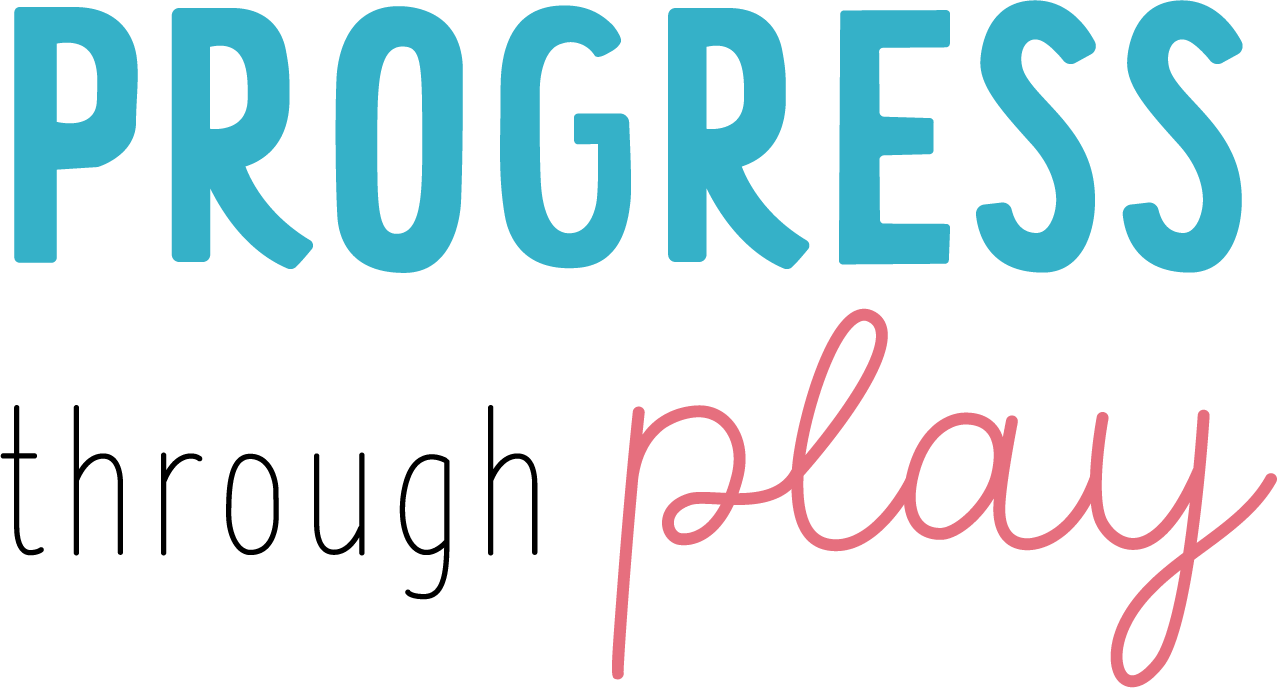Choosing the Right Pacifier for your Baby
Does the pacifier you choose make a difference? In many cases YES! Now before I get into this: if your child has no issues with feeding, sleeping etc and uses an orthodontic or other shape pacifier, no need to switch things up. But if your child has tongue tie, oral dysfunction or issues with breast or bottle feeding, listen up!
We want your baby to be practicing proper tongue movements and mechanics as much as possible and if they use a pacifier that is a great opportunity for practice and strengthening!
As a pediatric physical therapist, I often encounter parents grappling with the decision of whether or not to introduce a pacifier to their baby, especially when there are concerns about oral dysfunction. Oral dysfunction in infants can manifest in various ways, impacting feeding, swallowing, and even speech development. In such cases, choosing the right pacifier isn't just about soothing; it's about supporting your baby's oral development. Here's a guide to help you navigate this choice.
Pacifiers can offer comfort and soothing to babies, but for those with oral dysfunction, they can also serve as a therapeutic tool. The right pacifier can encourage proper tongue movement and support the development of sucking skills. However, not all pacifiers are created equally!
What to look for when choosing the right pacifier
Ideal Shape and Size: Cylindrical nipple with a gradual slope
Examples: Philips Avent Soothie, Dr. Browns, Nanobebe
@ninnipacifier is my favorite therapeutic tool to help littles improve their oral function. Use code MILESTONE for 10% off if you get one to try with your baby!
What to stay away from: flat “orthodontic” style pacifiers, bulb shaped pacifiers
The “right” pacifier won’t be the same for every baby. You have to take into consideration their oral structure and function. If your baby has trouble latching and sucking on a pacifier, consider an evaluation with a therapist trained in infant oral motor skills.
A well-chosen pacifier can:
Help baby with soothing and regulating their nervous system
Give them extra practice for sucking skills
Work on strengthening the muscles of the tongue and mouth
Tips for Pacifier Use
When to introduce - Ideally wait until your milk supply is well established and you have learned your baby’s hunger cues. Your lactation consultant is a great person to help guide you.
Soothe and Remove! After baby has calmed or soothed themself with the pacifier, best practice is to then remove the pacifier so baby can practice proper oral resting posture of their tongue to the roof of their mouth. This will also decrease reliance and make weaning easier down the road
Weaning - Prolonged pacifier use can potentially impact the teeth and jaw so plan to wean your baby from the pacifier between 6-12 months. Offer teethers and other ways for baby to engage their mouth instead.
Selecting the right pacifier for a baby with tongue tie or oral dysfunction requires careful consideration and professional guidance. It's not just about soothing; it's about supporting your baby's feeding journey and orofacial development. Remember, every baby is unique, and what works for one may not work for another. If your child is struggling with sucking (breast, bottle or pacifier), seek help from a lactation consultant or oral motor therapist. For more, check out THIS Instagram post!

